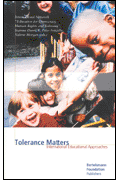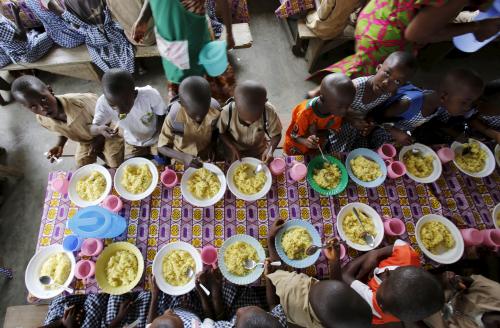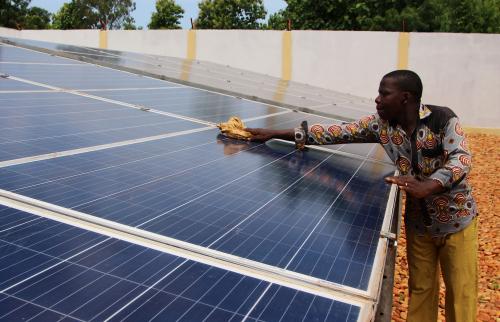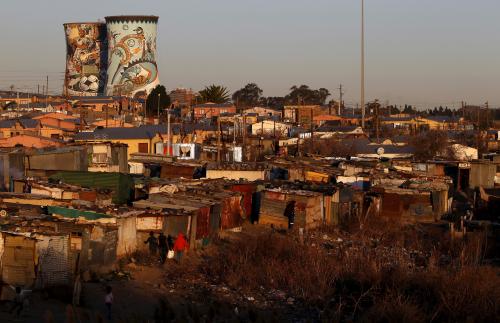This week, the Bill and Melinda Gates Foundation released its annual Goalkeepers report, which tracks progress on the Sustainable Development Goals (SDGs). This year’s report is titled “Examining Inequality: How Geography and Gender Stack the Deck for (or Against) You,” and highlights five layers of inequality: geography, demographics, governance, socioeconomics, and fragility. The report, like previous years, reviews global progress on the SDGs with a special focus on geography and gender this year.
The report first looks into how geography—at both the national and subnational levels—affects educational and health outcomes. It draws three key conclusions:
First, globally, all countries have made progress on improving health and educational outcomes since 2000. Second, the gap between developing and developed countries has narrowed during this period, but remains large. Third, while progress has been broad at the sub-national level, large gaps across local government areas (LGAs) remain.
The report highlights the progress and disparities in sub-national educational and health outcomes in Nigeria. Under-five child mortality is lower and educational attainment is higher in most districts across the country compared to 2000 (Figure 1). However, significant regional differences persist: For example, child mortality in the worst-performing local district is three times higher than the best one (Figure 2). Similarly, there is an educational attainment gap of seven years between the same two districts. Currently, no district in Nigeria is on track to meet both the under-five child mortality goal and the education target (Figure 3). In fact, according to the report, no country in sub-Saharan Africa is on track to meet both targets.
Figure 1: Districts are making steady progress towards certain health- and education-related SDGs
 Note: Gray dots indicate the year 2000 and blue dots represent 2017.Source: Bill and Melinda Gates Foundation Goalkeepers 2019 report.Figure 2: Inequality persists among districts when it comes to progress towards health- and education-related SDGs
Note: Gray dots indicate the year 2000 and blue dots represent 2017.Source: Bill and Melinda Gates Foundation Goalkeepers 2019 report.Figure 2: Inequality persists among districts when it comes to progress towards health- and education-related SDGs
 Note: Pink dots indicate that the LGA is not on track to meet the 2030 goal.Source: Bill and Melinda Gates Foundation Goalkeepers 2019 report.Figure 3: Nigerian local government areas are not on track to meet certain health- and education-related SDGs
Note: Pink dots indicate that the LGA is not on track to meet the 2030 goal.Source: Bill and Melinda Gates Foundation Goalkeepers 2019 report.Figure 3: Nigerian local government areas are not on track to meet certain health- and education-related SDGs
 Note: Pink dots indicate that the LGA is not on track to meet the 2030 goal.Source: Bill and Melinda Gates Foundation Goalkeepers 2019 report.
Note: Pink dots indicate that the LGA is not on track to meet the 2030 goal.Source: Bill and Melinda Gates Foundation Goalkeepers 2019 report.
Based on these trends, the report recommends that policymakers implement fully funded primary health care systems that reach everyone as those systems are crucial to improving health outcomes. On education, as most countries are close to the universal primary school enrollment, the report emphasizes the need to improve the quality of education to make progress on basic skills.










Commentary
Figures of the week: Subnational progress on health and education SDGs in Nigeria
September 19, 2019